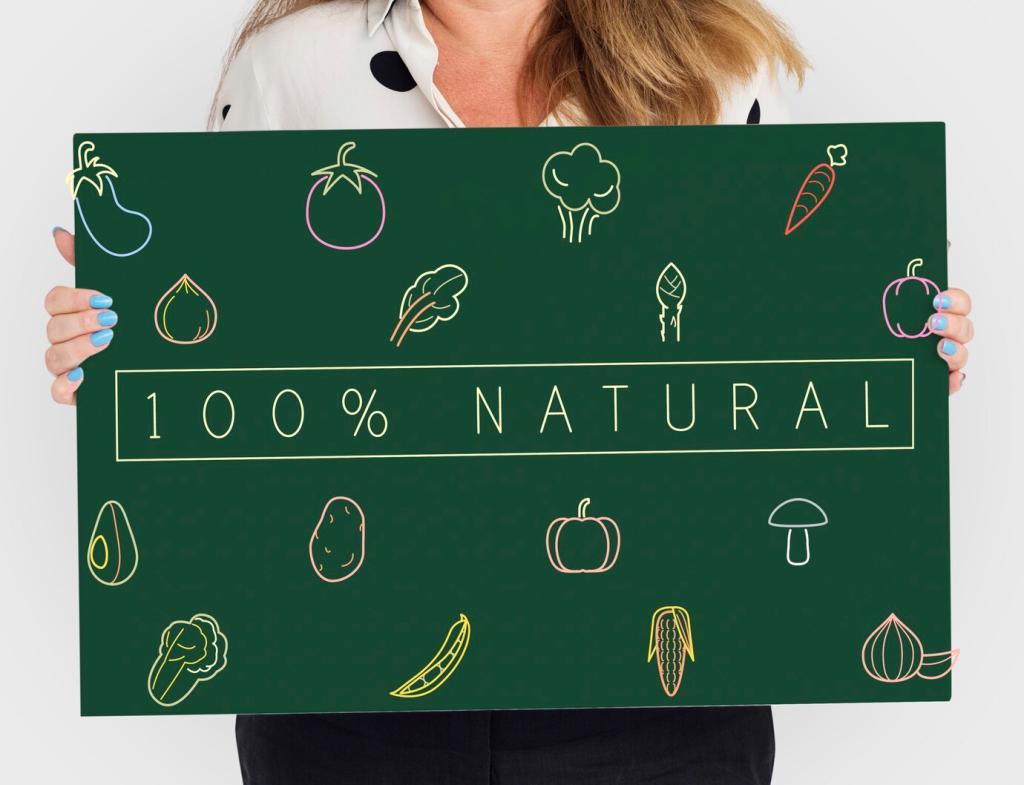Breathe Easy: Low-VOC Paints and Finishes
Today’s chosen theme is Low-VOC Paints and Finishes—your guide to healthier color, cleaner air, and beautiful surfaces without the harsh fumes. Explore science-backed insights, practical tips, and real stories, then join the conversation and subscribe for more mindful home inspiration.

What Low-VOC Really Means
Defining VOCs in Everyday Terms
VOCs are chemicals that evaporate into the air as paint or finish dries, contributing to odor and potential indoor air pollution. Low-VOC products reduce these emissions, helping rooms smell fresher sooner and keeping family moments more comfortable and calm.
Numbers, Labels, and Standards
Many standards consider low-VOC paints to contain reduced grams per liter, often under 50 g/L for flat paints. Strict regions and certifications like GreenGuard or Green Seal guide buyers, while zero-VOC claims typically mean under five g/L before tint is added.
Why It Matters for Real Homes
From nurseries to home offices, less off-gassing means you can reoccupy spaces faster with fewer lingering smells. If you’ve ever painted before guests arrive, you know the relief of a room that feels fresh, inviting, and ready to enjoy without headaches.
Health and Indoor Air Quality Benefits
Low-VOC paints and finishes often mean fewer strong odors during and after application, which many people find more comfortable. That can help reduce irritation for sensitive individuals, allowing everyone to settle back in sooner without the harsh smell of new paint.
Performance Without Compromise
Today’s low-VOC paints often level smoothly and cover impressively, especially with the right primer. Many pros report comparable performance to traditional formulas, while appreciating reduced odor that keeps projects pleasant and scheduling more flexible around family routines.
Performance Without Compromise
Waterborne polyurethanes, hardwax oils, and plant-based oils offer durable, low-VOC protection for floors, furniture, and trim. With proper prep and curing, these finishes resist everyday wear beautifully, making sustainability feel less like a compromise and more like an upgrade.
How to Choose: Reading Cans and Certifications
Look for VOC grams-per-liter on the label, and confirm whether that number includes tint. Check recommended primers and compatible topcoats, since a low-VOC system works best when each layer is designed to play nicely together from start to finish.



Application Tips for Low-VOC Success
Clean surfaces thoroughly, sand where needed, and open windows or use filtered fans to create gentle airflow. Low-VOC doesn’t mean no smell, so ventilation still matters. Take breaks, hydrate, and celebrate progress—then tell us your best pacing tricks.
Application Tips for Low-VOC Success
Follow the can’s temperature and humidity recommendations to avoid tacky finishes and extended drying. Even if it feels dry to touch, full cure may take days. Comment with your region’s climate quirks and the timing strategies that work for you.
Sustainability Beyond the Can
Consider recycled content, responsible resins, and recyclable cans. Some brands offer take-back programs or safer shipping. Small choices add up; tell us which packaging promises feel credible, and we’ll compare notes in a future deep dive for subscribers.
Sustainability Beyond the Can
A well-chosen low-VOC finish can extend the time between repaints when cleaned gently and touched up promptly. Longer life means fewer resources used. Share your maintenance routines so readers can build habits that keep walls looking fresh without waste.
Sustainability Beyond the Can
Many low-VOC waterborne products clean up with soap and water, reducing harsh solvents at home. Always follow local guidelines for leftover paint. Comment with your city’s best drop-off centers, and subscribe to get our regional resource map as it grows.
